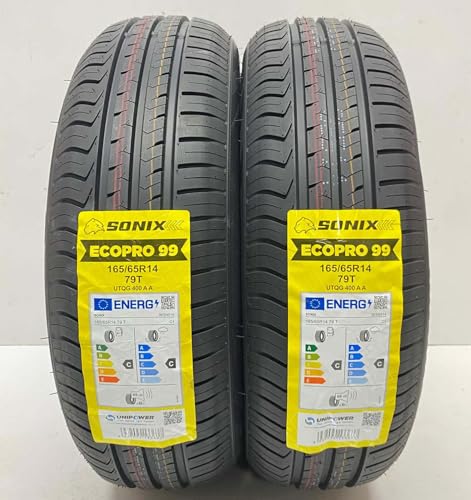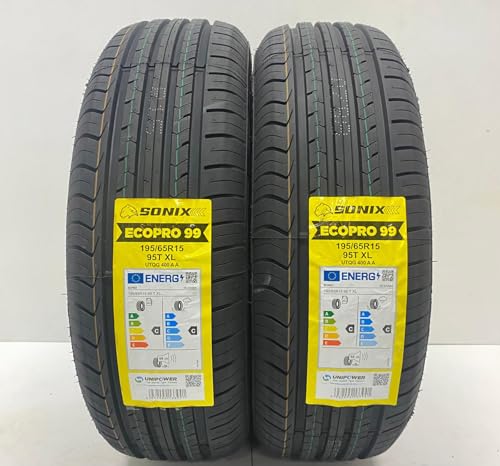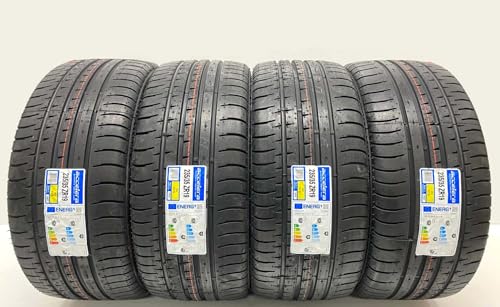Understanding the Importance of Educational Toys for Development
Why Educational Toys Matter
When we think about playtime, we often imagine children having fun, but educational toys offer much more than mere entertainment. They serve as tools for learning and development, stimulating young minds and laying the foundation for future skills. These toys engage children in ways that enhance their cognitive, social, and emotional growth. For example, a simple puzzle can improve problem-solving abilities while promoting hand-eye coordination. By choosing toys that inspire curiosity and creativity, we help our children develop critical thinking skills early on.
The Role of Play in Learning
Play is a child’s natural way of exploring the world and understanding how it works. Educational toys bridge the gap between play and learning, allowing children to absorb new information without the pressure of traditional education. This dual benefit makes learning enjoyable, and children are more likely to retain what they learn. Without realising it, a child playing with shape sorters is mastering shapes, sizes, and even the concept of spatial relationships, all while having fun.
Top Features to Look for in Educational Toys
Safety and Durability
Safety should always be our top priority when selecting educational toys. Ensure that toys are made from non-toxic materials, are free from sharp edges, and are suitable for your child’s age group. Look for durable construction that can withstand the rigours of play, especially as younger children can sometimes be rough with their toys.
Interactive and Engaging Design
The best educational toys are those that actively engage a child’s senses. Toys that make sounds, offer different textures, or involve movement can capture a child’s attention for longer periods. For instance, building blocks that click together not only promote creativity but also improve fine motor skills. Select toys that encourage interaction, whether it’s with the child themselves or with peers, to foster social skills.
Developmental Benefits
Consider the developmental skills the toy promotes. Some toys focus on language skills and communication, while others may enhance mathematical abilities or scientific reasoning. Before you buy, reflect on what skills you would like your child to develop. For instance, a counting game can lay the groundwork for mathematical proficiency, while storytelling dolls can enhance vocabulary and storytelling skills.
Our Recommended Educational Toys for Children Aged 3 and Above
Versatile Building Sets
Building sets like interlocking blocks encourage creativity and spatial reasoning. As children construct various models, they learn about balance, symmetry, and shapes. These sets can be tailored to suit different skill levels, ensuring that your child remains challenged and engaged as they grow.
STEM Kits
STEM (Science, Technology, Engineering, and Mathematics) kits are excellent for sparking an interest in these crucial subjects. They often include hands-on activities that teach children about electronics, robotics, or chemistry in a fun and engaging way. As your child works through these kits, they’ll develop critical thinking and problem-solving skills.
Art Supplies and Creativity Kits
Art supplies are an excellent way to foster creativity and self-expression. Quality paints, markers, and craft kits encourage imaginative play and fine motor skills. When children create their masterpieces, they learn to think outside the box and gain confidence in their abilities.
How to Encourage Learning Through Play
Participate in Playtime
Getting involved in your child’s playtime can significantly enhance their learning experience. By playing together, we can model problem-solving techniques and encourage critical thinking. Ask open-ended questions that prompt them to think, such as ‘What do you think will happen if we build it this way?’ This type of interaction helps them develop language skills and the ability to articulate their thoughts.
Create a Learning Environment
Set up specific areas in your home dedicated to play and learning. By creating an inviting and stimulating environment, we encourage children to explore educational toys freely. Incorporate shelves filled with a variety of toys and resources that cater to different developmental stages to keep their curiosity alive.
Creating a Balanced Toy Collection for Your Child’s Growth
Diverse Categories of Toys
When curating a toy collection, aim for diversity. Include toys that cater to different aspects of learning; from logical reasoning puzzles to imaginative role-play sets, a well-rounded collection will address various developmental needs. This allows children to explore different skills while keeping playtime enjoyable.
Rotate Toys Regularly
Instead of overwhelming children with too many toys at once, we recommend rotating them periodically. This encourages children to revisit their toys, maintaining their engagement and excitement. When a toy comes back into their play environment, it feels new and can inspire fresh learning opportunities.





























